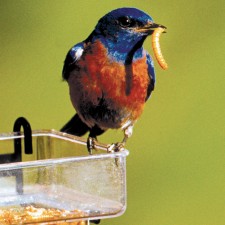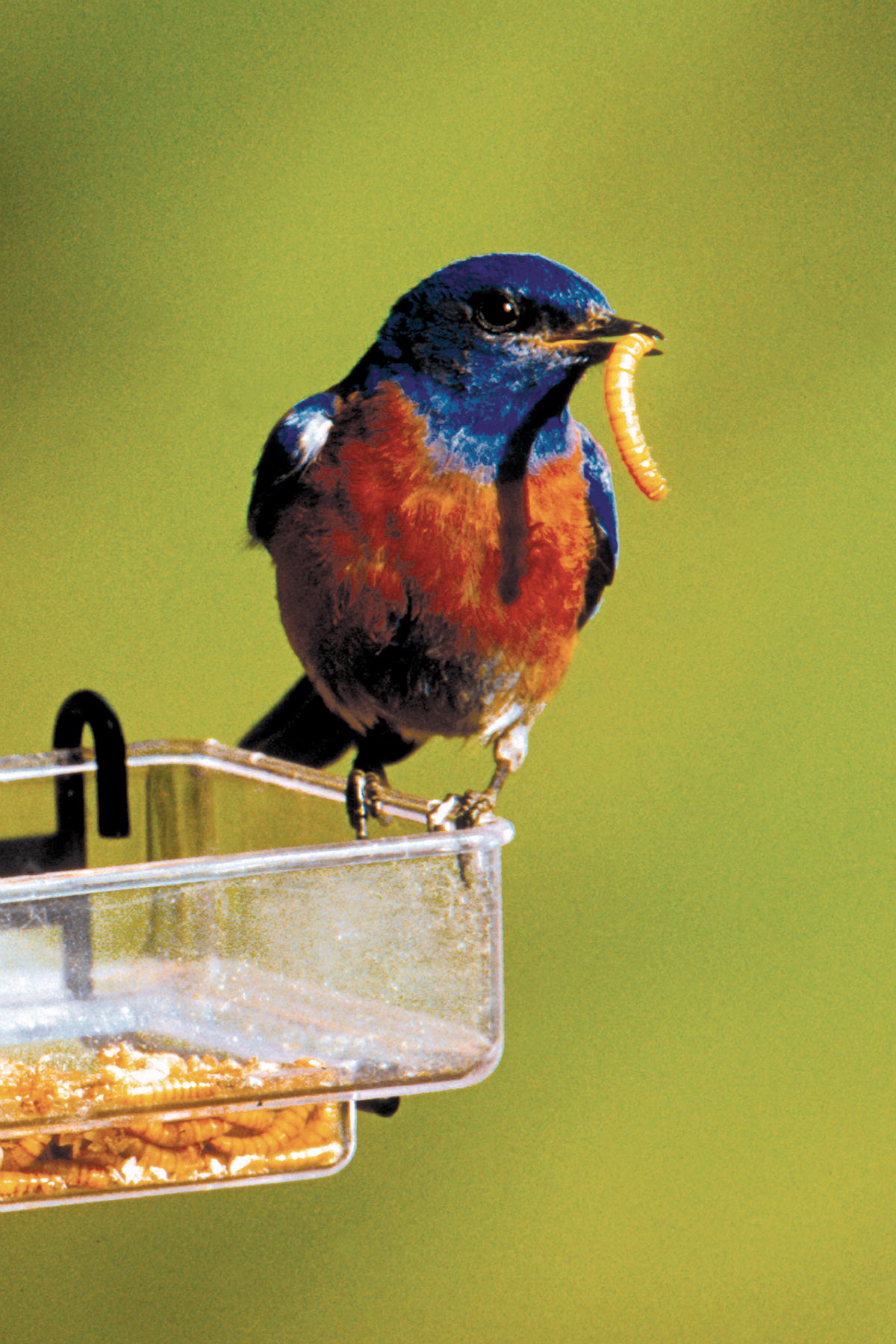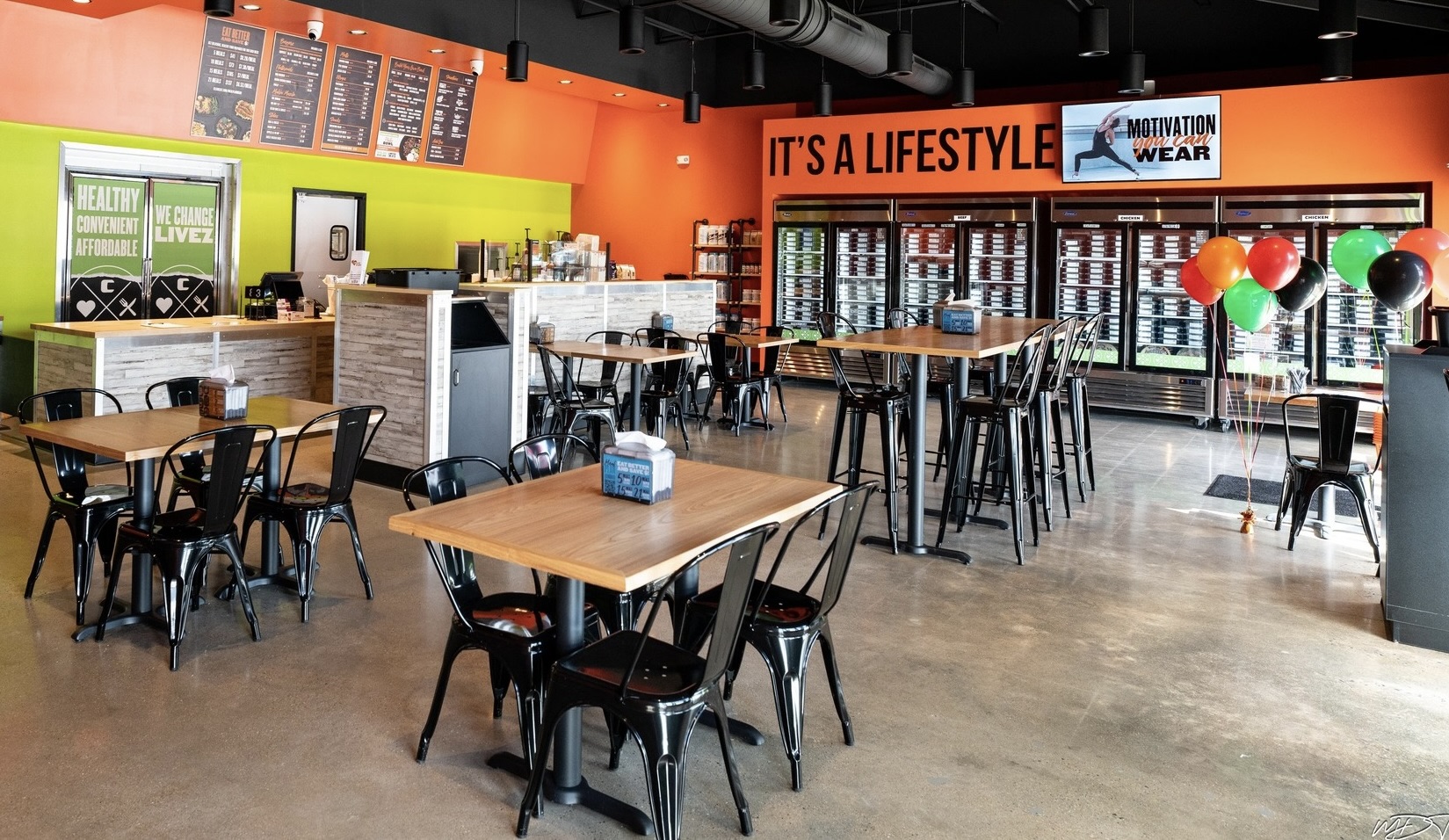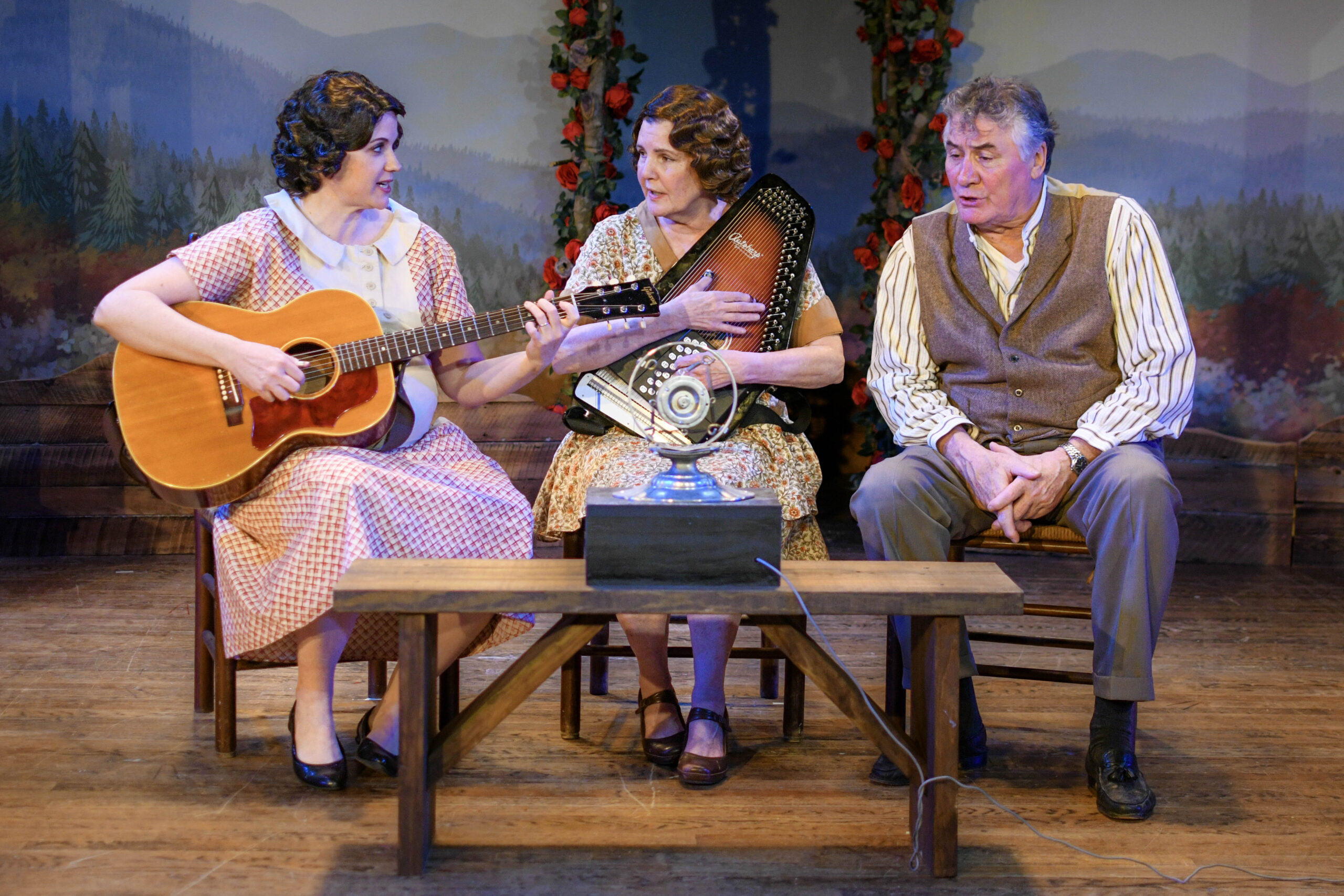Meredith Bass, Wild Birds Unlimited of Richmond
 As spring fills the air and trees begin to bud, the internal clocks of many North American birds tell them it’s time to migrate back north. This massive migration brings the greatest opportunity to attract birds to your backyard by providing each of the four basic components of a suitable habitat: shelter, food, water and a place to raise their young. Over the past several weeks, families around Richmond have seen increased activity of the beautiful Eastern Bluebird in their backyards.
As spring fills the air and trees begin to bud, the internal clocks of many North American birds tell them it’s time to migrate back north. This massive migration brings the greatest opportunity to attract birds to your backyard by providing each of the four basic components of a suitable habitat: shelter, food, water and a place to raise their young. Over the past several weeks, families around Richmond have seen increased activity of the beautiful Eastern Bluebird in their backyards.
Throughout March and April, male bluebirds can be seen perched on top of nest boxes surveying their territory and inviting females to come and mate with them.
Bluebirds prefer to nest in natural cavities or holes found in trees on the edges of fields and pastures, however, development has destroyed much of their natural nesting environment. Bluebirds are secondary cavity nesters; they cannot create their own cavity and are dependent on woodpeckers to create cavities or to use man-made nesting boxes.
History of Bluebirds.
The recovery of the Eastern Bluebird is a remarkable success story. From the 1920s to the 1970s, bluebird populations plummeted due to land-owners switching from wooden to metal fence posts. This caused bluebirds to lose their traditional nesting cavities that woodpeckers had created in wooden fence posts. Due to the efforts of The North American Bluebird Society (NABS), founded in 1978 to promote the recovery of bluebirds, nesting boxes are now abundant around the United States, and the bluebird population has expanded beyond their original boundaries.
Proper Habitat.
The most important step in bluebird conservation is to provide suitable homes in open spaces, such as lawns, pastures, fields and parks. Both the male and female build the nest and raise the young. Nests are made of a few inches of pine straw and finished with a layer of soft material where 4-5 eggs are laid. The female will lay one egg each day. Once all the eggs are laid, she will incubate them for 12-15 days. The male will feed her during this period. Once the fledglings hatch, both the male and female will work tirelessly to feed them live insects. 
Providing nesting materials can be a fun way to engage young people in nature. Families can help birds with their homemaking needs so they can spend their energy caring for their young and foraging for food. To help bluebirds and other birds prepare their nests, place wet mud, moss, small twigs, straw, short lengths of natural string and wool knitting yarn in a few different dishes. Be sure to leave the dishes alone for at least 24 hours so the birds have time to find and use them.
Food Sources.
Bluebirds are primarily fruit and insect eaters. Offering live mealworms during nesting season teaches the parents that bird feeding stations are a source of food. Once the young have fledged from the nest after about 18 days, the parents will teach their young where to find food. Continuing to feed live mealworms to bluebirds throughout the summer will reinforce the food source with the mating pair as they nest 1-2 more times during the summer. There are assorted feeders available to feed mealworms, but it’s important to understand that bluebirds are not the only birds that like mealworms.
During the cold winter months, bluebirds and their young will return to the feeding station looking for food. Mealworms can still be offered, but more importantly, high calorie foods need to be offered to provide necessary energy to stay warm. Bluebirds’ beaks are not designed to break open seed shells, so offer suet, shelled sunflower seeds and freeze dried mealworms, as alternatives to live mealworms, during the winter months.
Mounting Nesting Boxes and Bluebird Feeders.
A nesting box must have good insulation, ventilation and drainage with an entrance hole of 1.5 inches and a depth of at least 6 inches. Since bluebirds are field and meadow birds, the box should be placed on a pole at least five feet above the ground in an open field or lawn. Openings should be faced away from the prevailing weather and have an open flyway for landing.
Protection from predators and proximity to food are the key factors that bluebirds look for when choosing a nesting site. Male bluebirds consider security when choosing a nesting site. To provide the bluebirds with privacy and safety, place the house where he can see all around his nest and away from bird activity at bird feeders. Threats to bluebird nests and young birds include squirrels, snakes, raccoons and larger birds. There are assorted baffles and guards available to help protect eggs and fledglings.
 Providing the proper habitat and food source can make a bird’s life easier and is a great way to introduce kids to nature. Not only will families get to watch bluebirds make their nest, but they’ll also be able to see them lay eggs, feed their nestlings and watch the fledglings as they venture out on their own.
Providing the proper habitat and food source can make a bird’s life easier and is a great way to introduce kids to nature. Not only will families get to watch bluebirds make their nest, but they’ll also be able to see them lay eggs, feed their nestlings and watch the fledglings as they venture out on their own.
For additional information on attracting bluebirds to your yard, visit www.richmond.wbu.com, or stop by Wild Birds Unlimited on Midlothian Turnpike in the Steinmart Shopping Center or on Pump Rd in the Short Pump Shopping Center.







